In January 2012, Museum executives visited The Taylor Group in Toronto to see a mock-up of the Final Mission: USS Tang Submarine Experience exhibit. The physical surroundings were largely depicted in plywood and cardboard, but it was enough to set Taylor loose to begin actually fabricating the war stations in metal and authentic materials.
Fast forward to the end of December 2012—with our grand opening only a few weeks away in early January—when the fabrications began arriving at the Museum to be placed within the exhibit gallery spaces in US Freedom Pavilion: The Boeing Center.
I recall the excitement of our staff walking through the Final Mission space to see the fabricated war stations, all while carefully avoiding loose wires, holes in the floor and ceiling where wiring would be done, ladders, buckets of paint, racks to hold computers and electronic equipment, klieg lights, tool kits, construction materials, you name it.
Readers of my previous post, which showed the cardboard beginnings of these fabrications, can compare those crude mock-ups to what arrived for installation 11 months later. These photos were taken in an active construction zone, so lighting and shooting conditions were not ideal, but one can see the vision brought forward from a cardboard idea to something approximating the real thing.
This photo gallery begins with two photographs of the periscopes (along with additional wall features) being installed; an interior hatch embedded in a wall (actually visible through an arch waiting to be installed with boxes stacked and stored in the space); a photo of the dive-plane wheel, with white grips included; two photographs of the hull opening indicator panel (used to flood the ballast tanks of the submarine with water); two photographs of the depth-control levers, including voltage meters in the station; a photograph of the sonar station panels being installed; and finally fabrications for the torpedo tubes, including the fabricated rear end of a torpedo being readied for launch.
We now had the fabricated war stations of the submarine at the Museum and in the gallery spaces, ready for installation. A lot of work was being done to prepare the exhibit for opening. In addition to these “hardware” pieces of the exhibit, we were still working on the audiovisual components of the show. In fact, just a few days before the above fabrications had arrived at the Museum, we had traveled back to New Jersey and the USS Ling to create other parts of the exhibit. That trip will be the subject of my next post.
Notes: This is the third post in a series revisiting the making of the interactive exhibit Final Mission: USS Tang Submarine Experience. Read Part One. Part Two. Part Four. Part Five. Part Six. Part Seven. In a parallel series of The Words of War posts, Dr. Huxen is exploring books about submarine warfare during World War II. Read Part One of that series. Part Two. Part Three. Part Four. Part Five. Part Six. Part Seven.
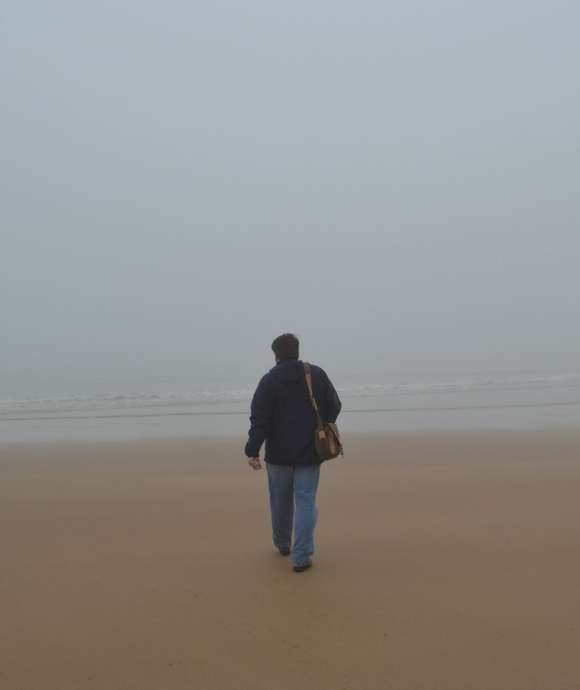
"No matter one’s age, travel is a unique and exciting educational experience. In my work, I have had the opportunity to reflect on history, events, and people in the places where they experienced life. Through the viewfinder, we can not only find history and perspective, but create memory, and evoke our evergreen past."
– Keith Huxen, PhD, Senior Director of Research and History, The National WWII Museum
Keith Huxen
Keith is the former Senior Director of Research and History in the Institute for the Study of War and Democracy at The National WWII Museum.
Cite this article:
MLA Citation:
APA Citation:
Chicago Style Citation:
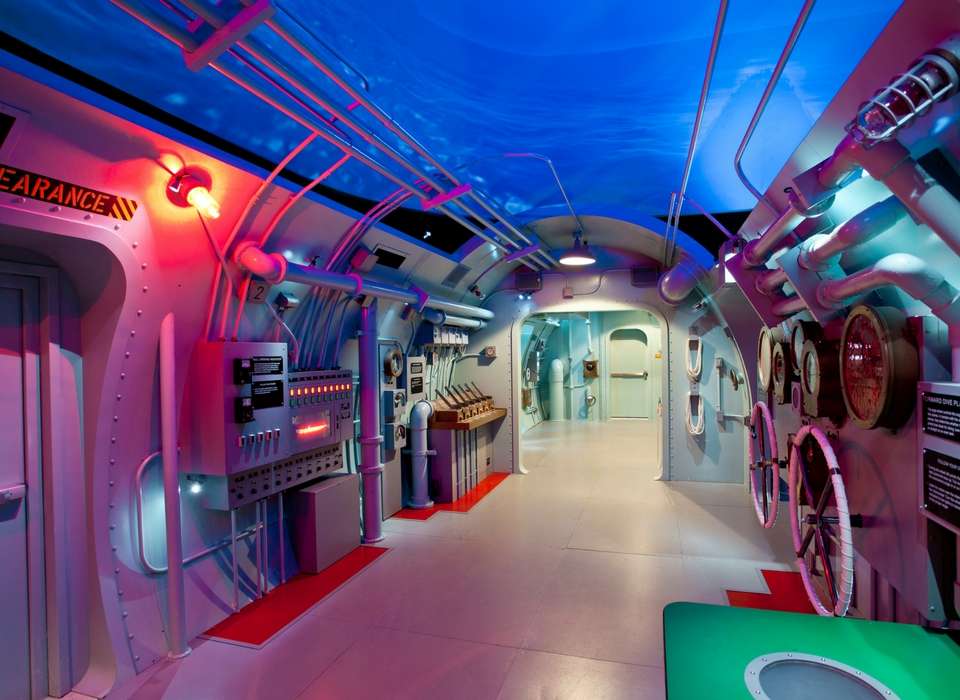
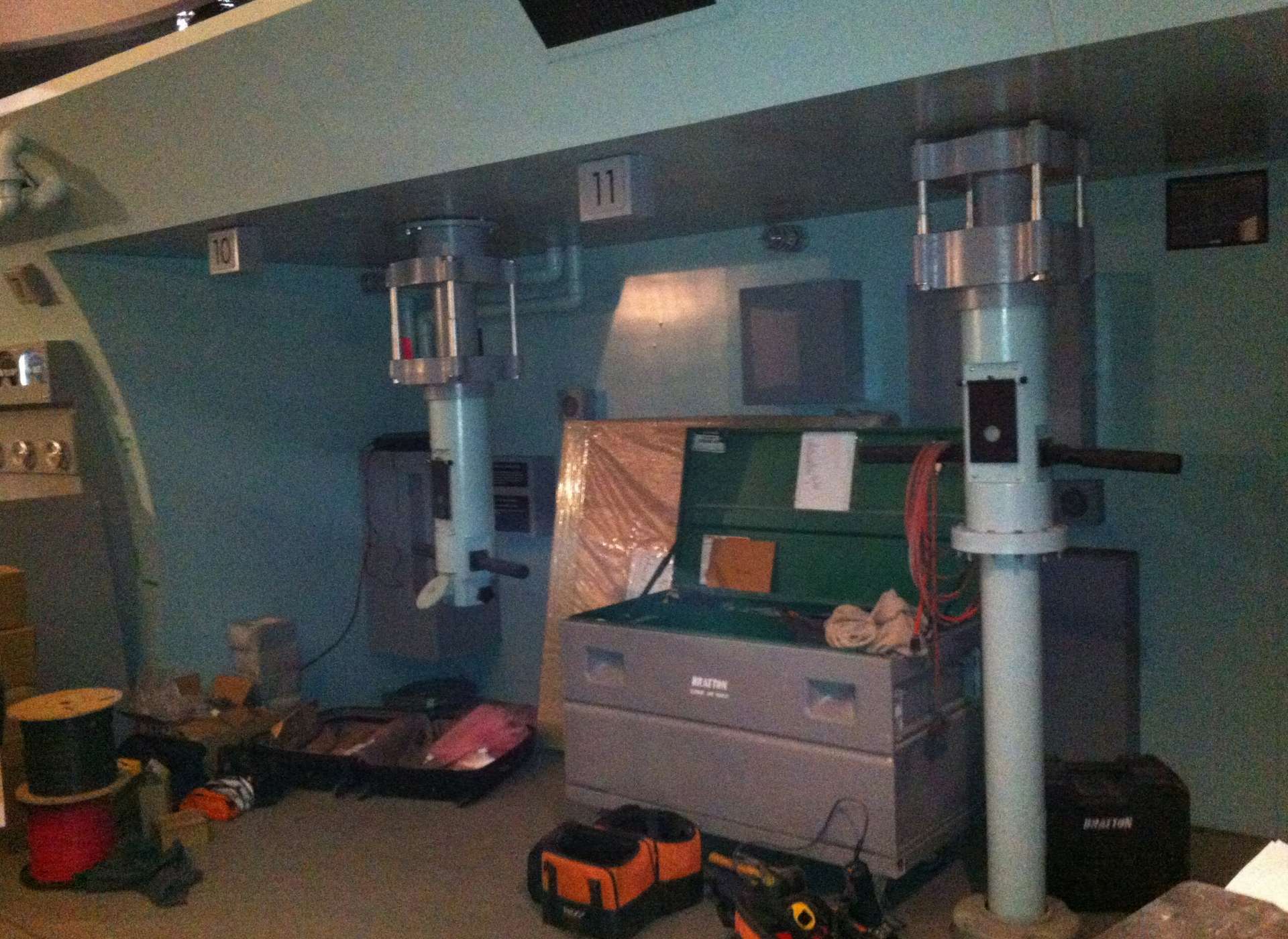
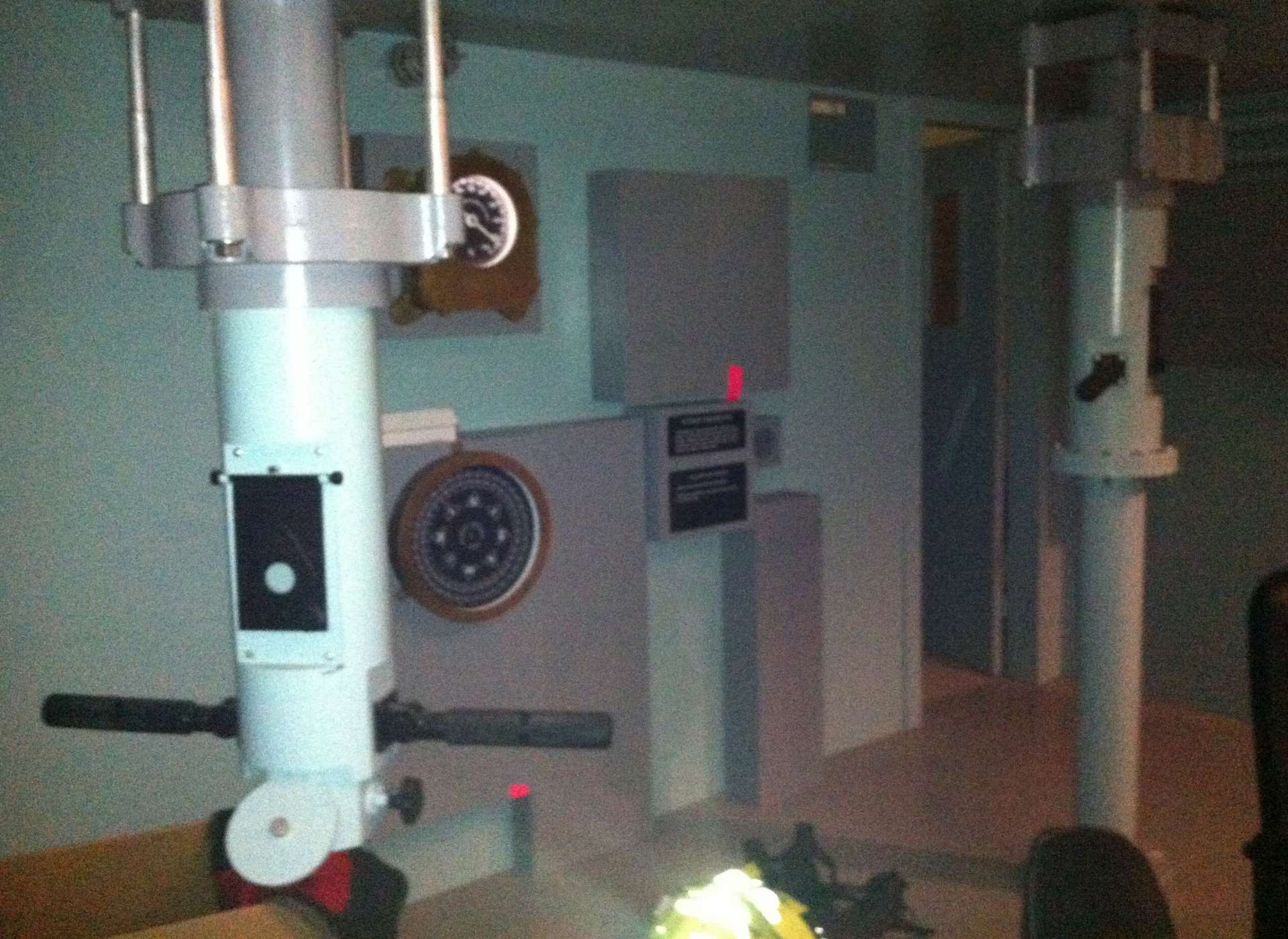
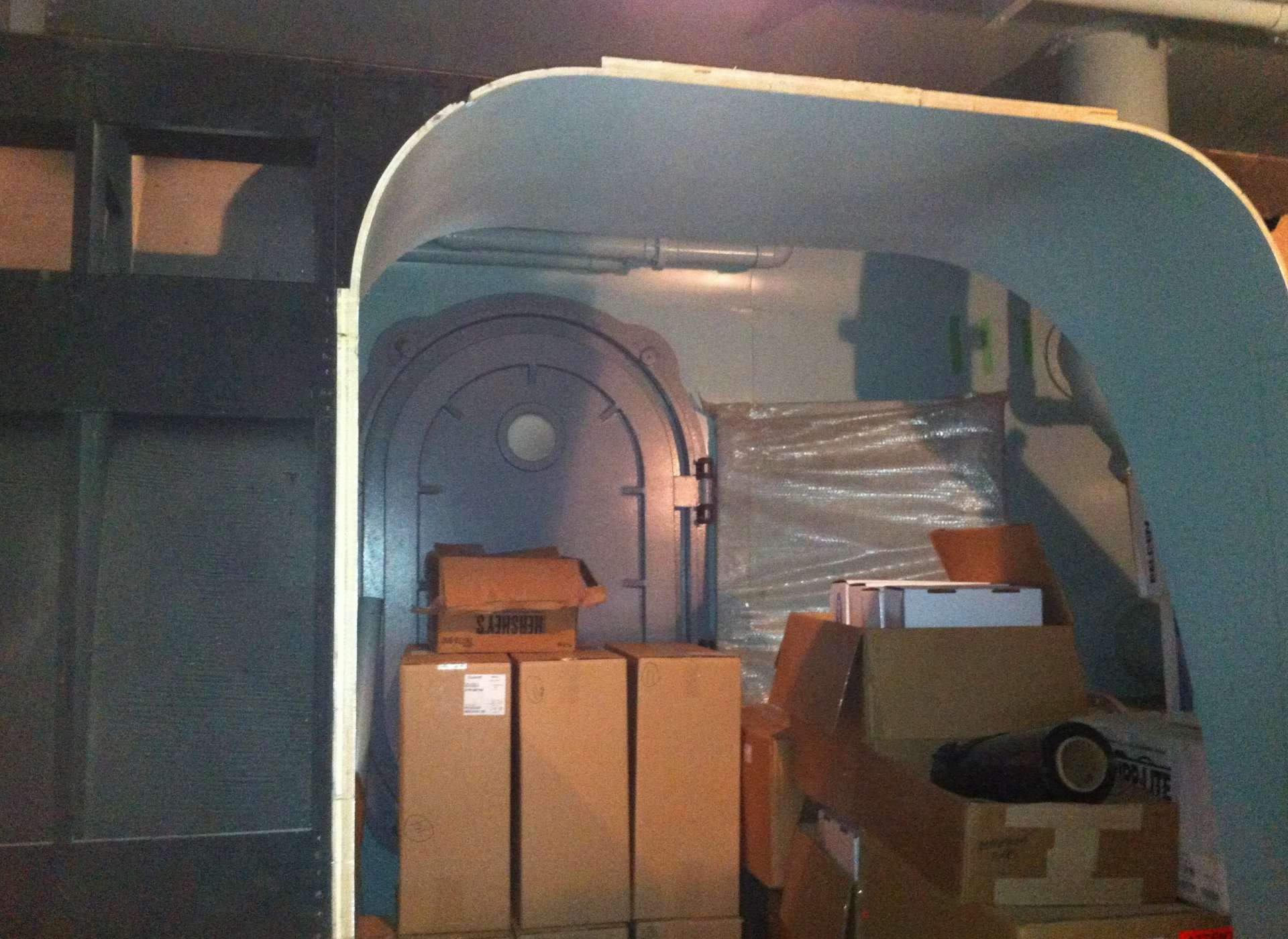
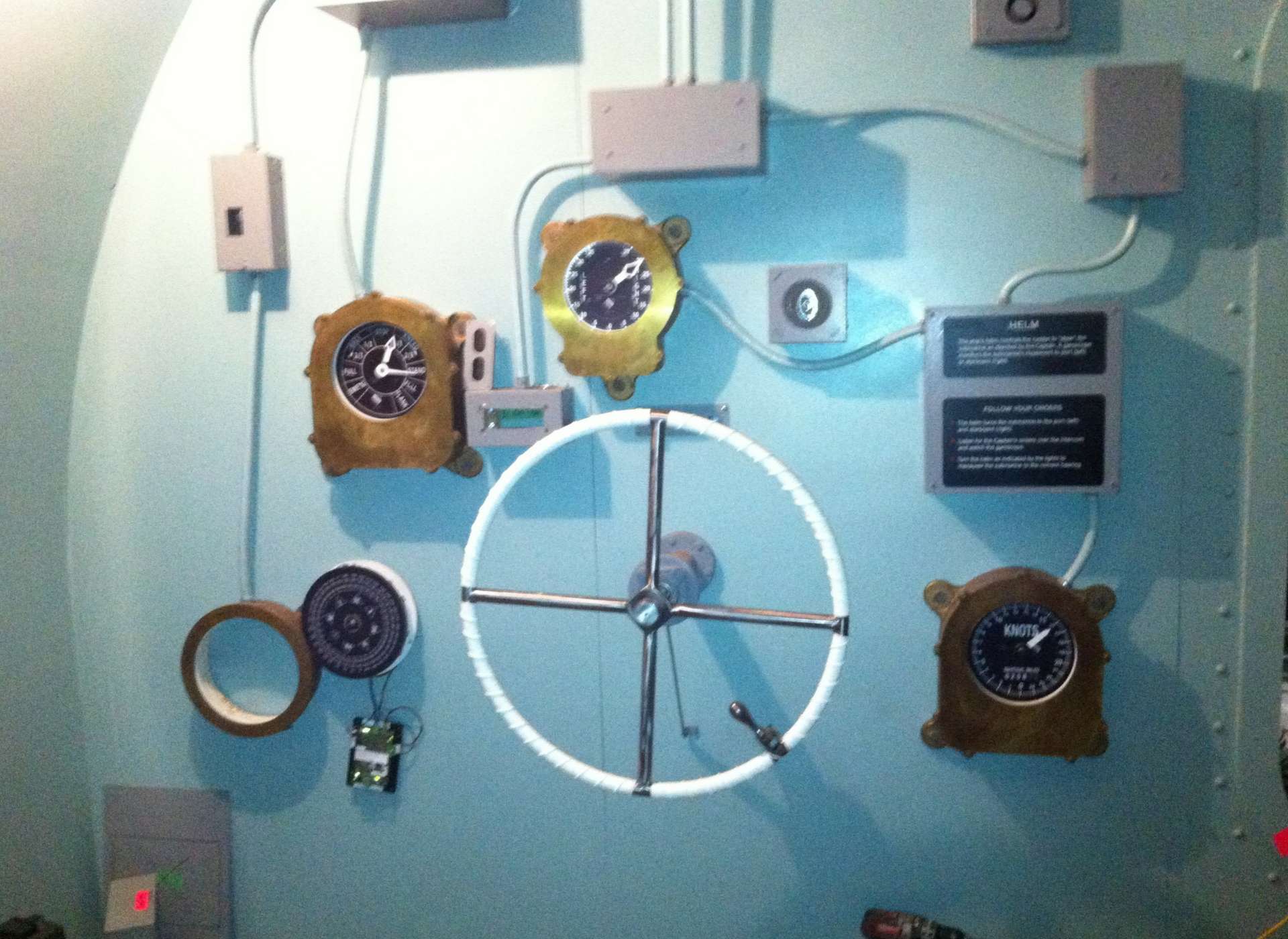
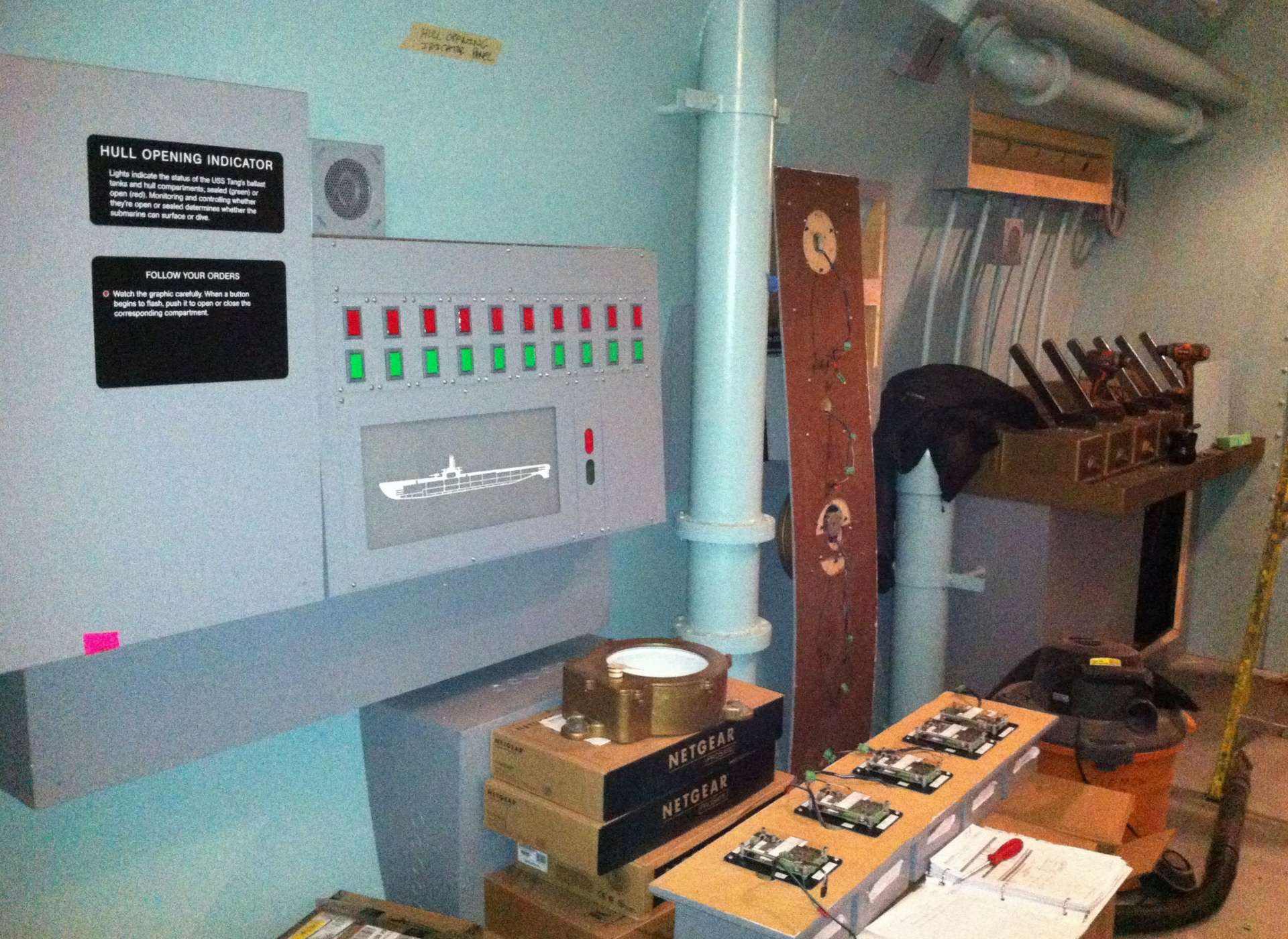
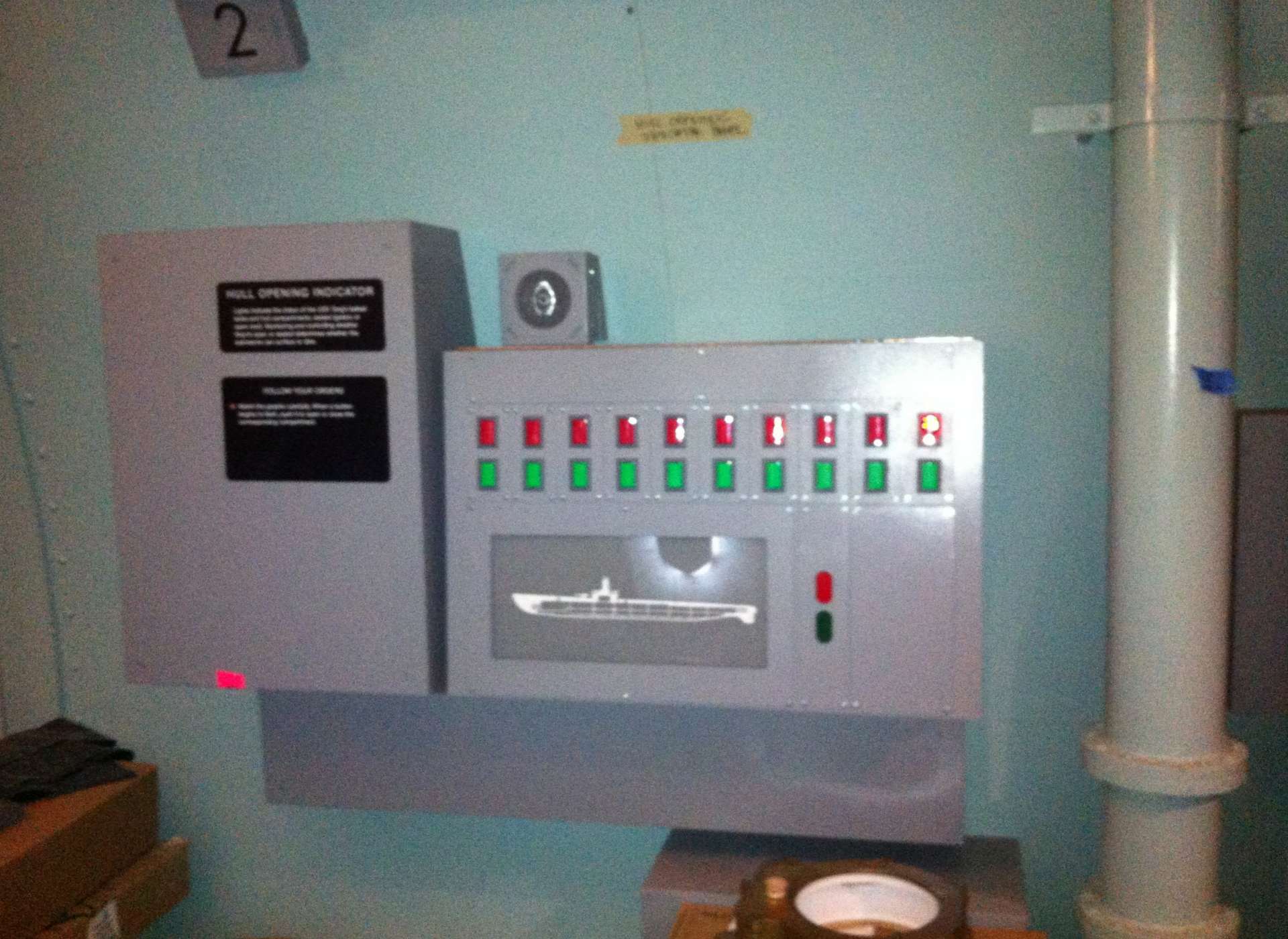
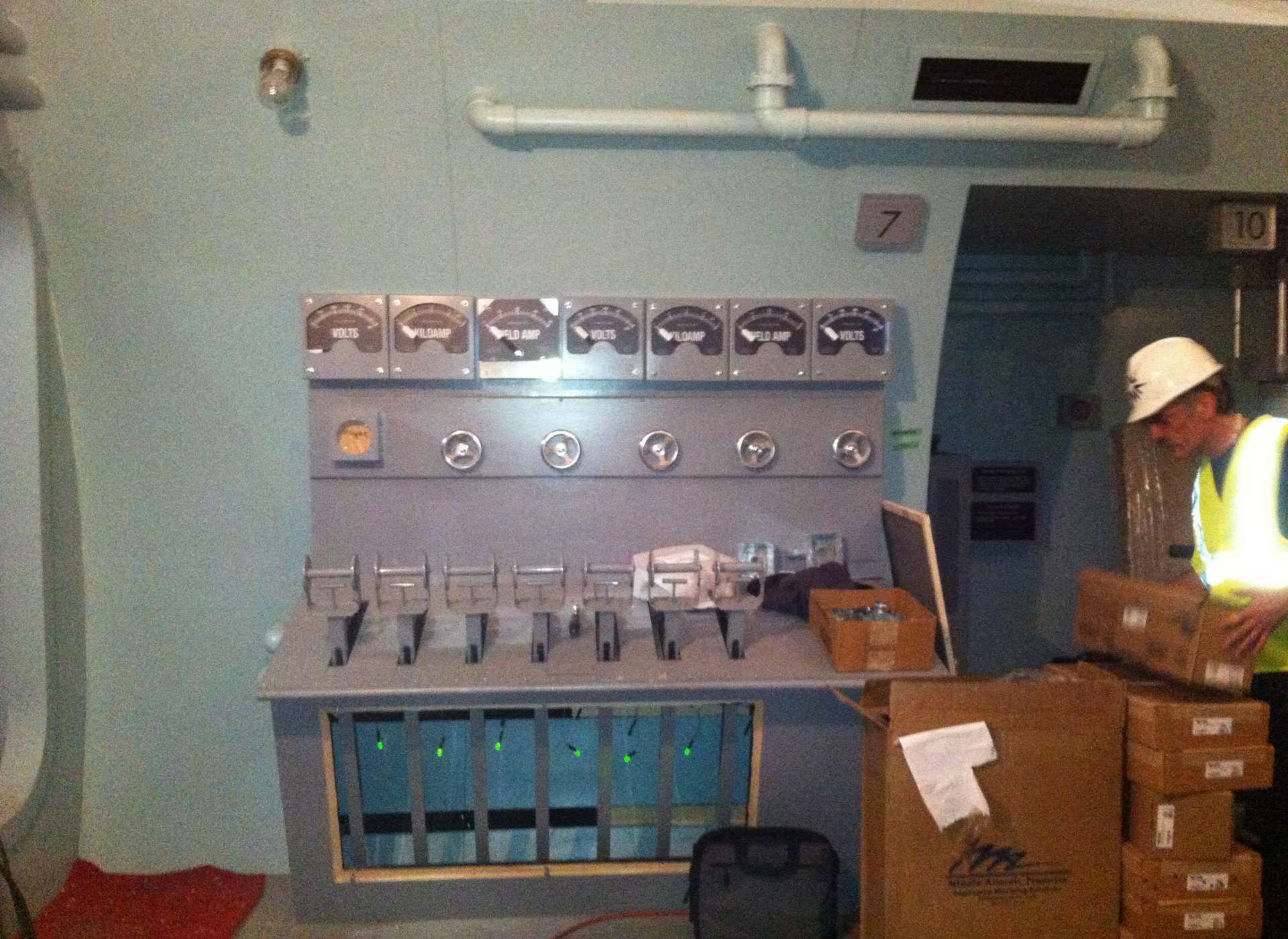
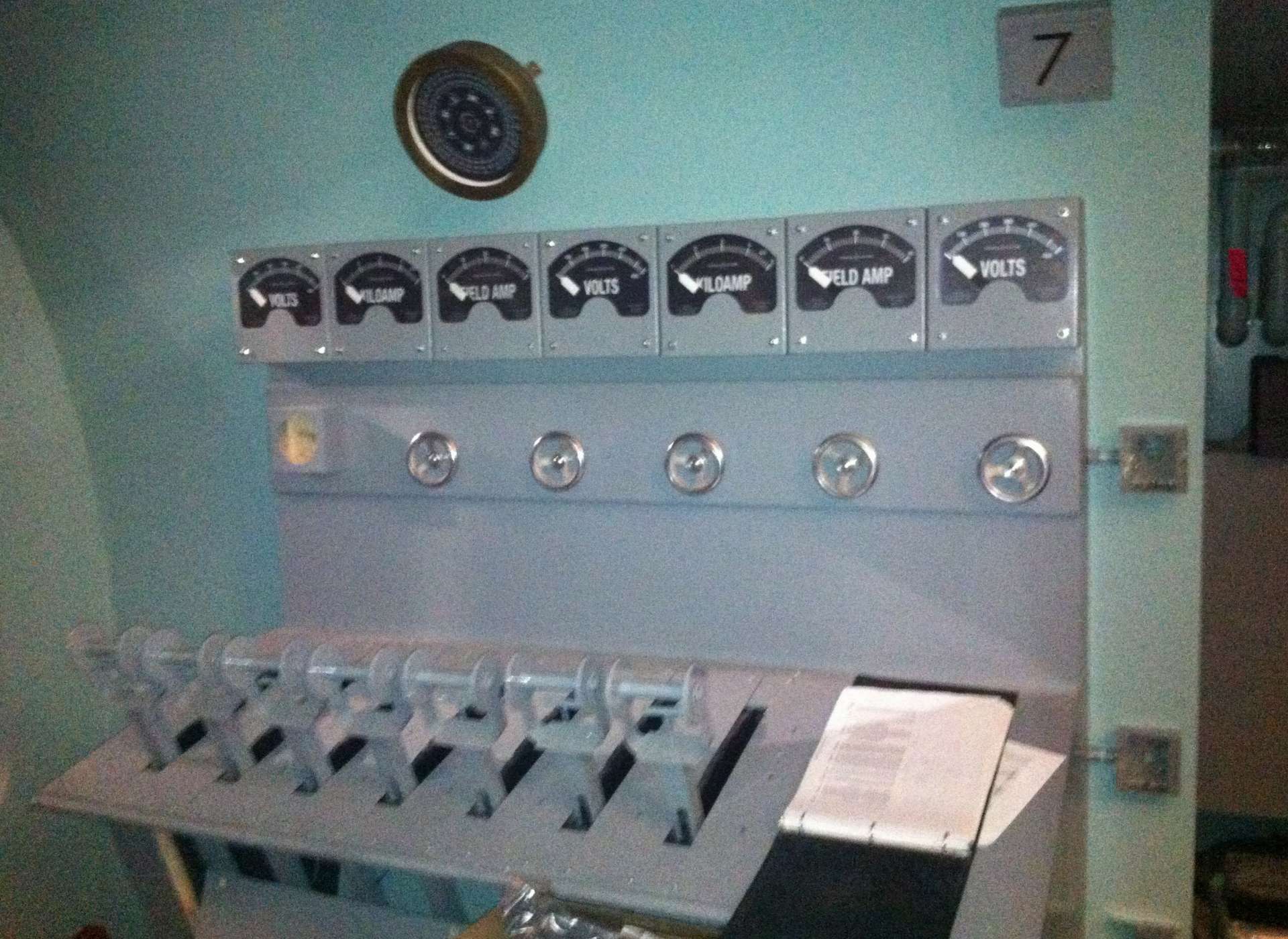
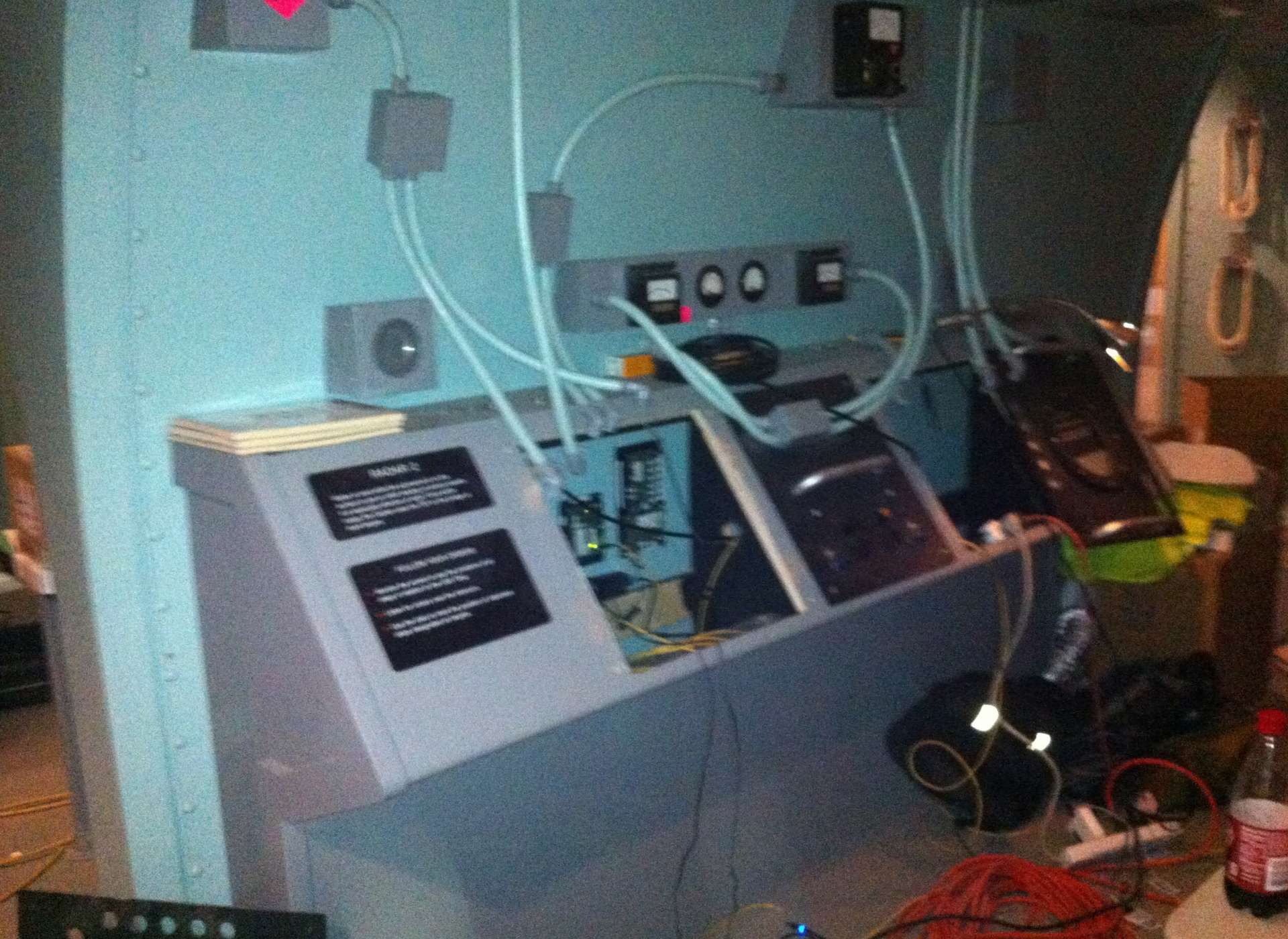
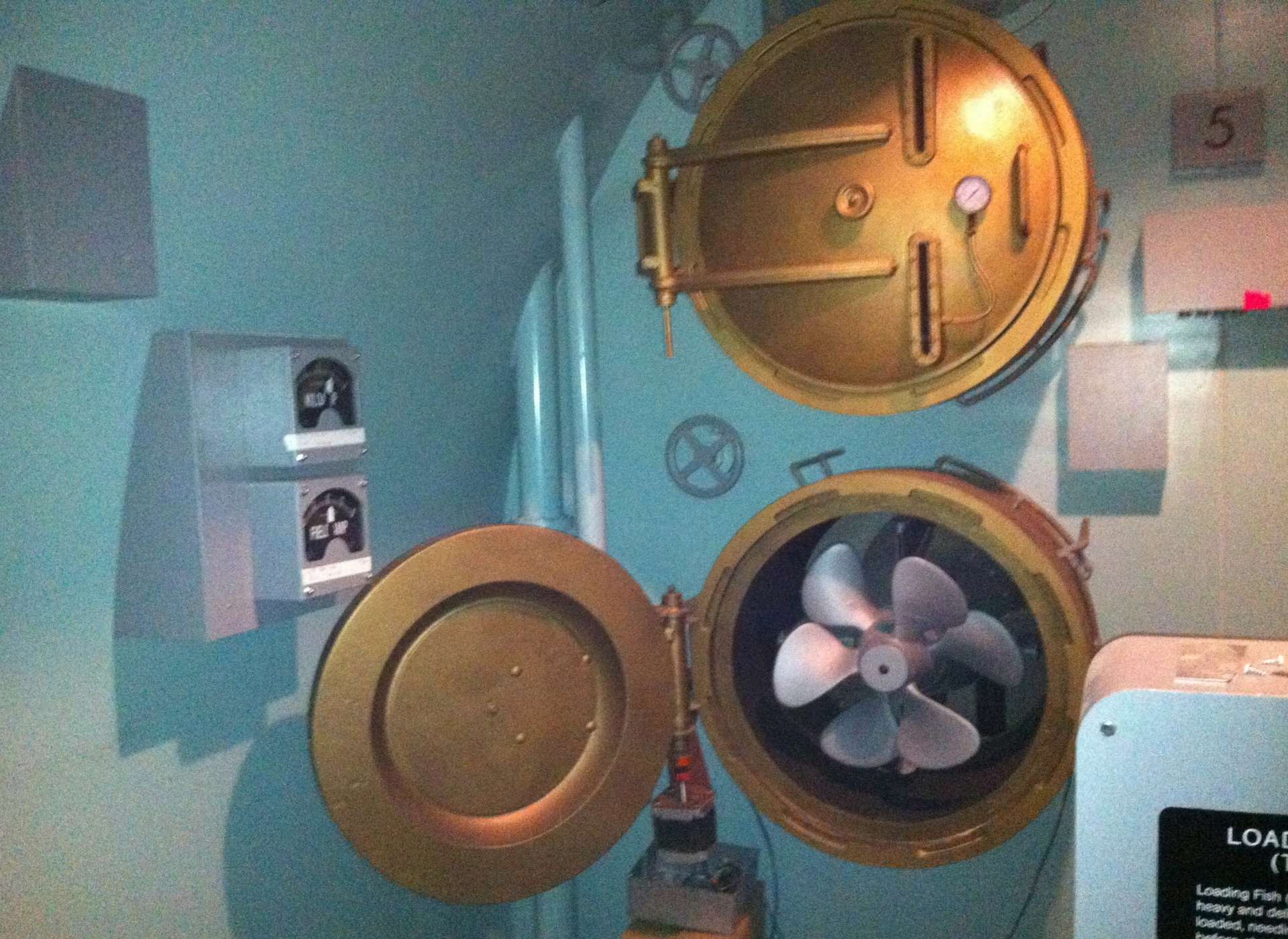

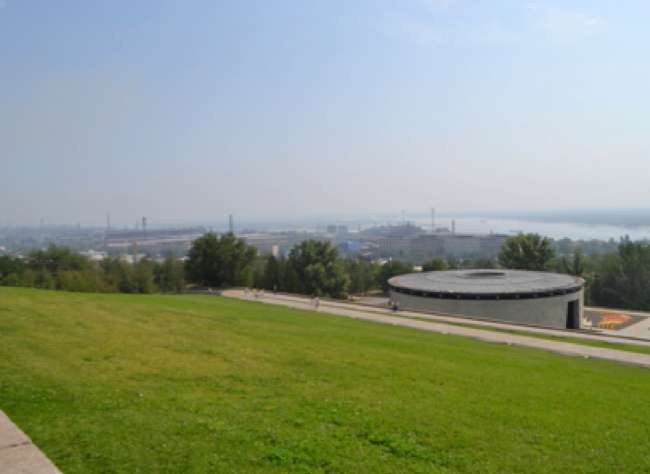
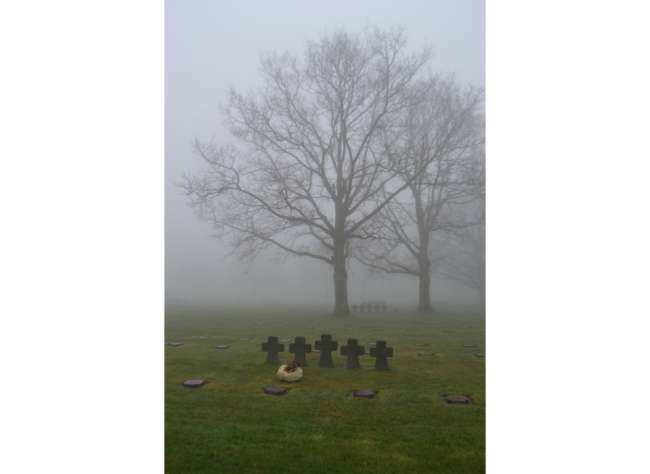
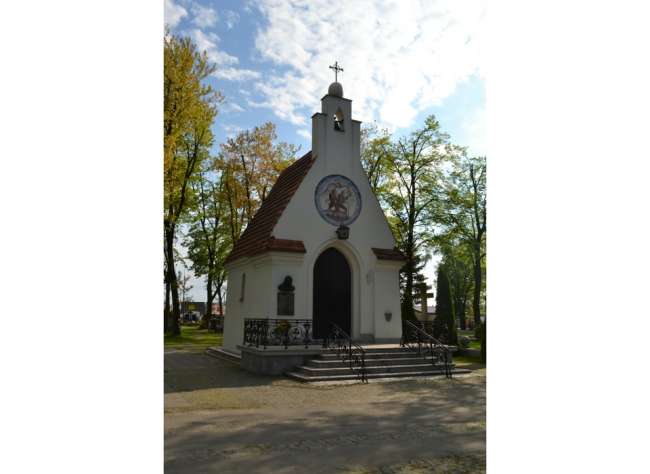





![Max Fuchs, New York City cantor, sings as Rabbi Sydney [sic] Lefkowitz, Richmond, VA, conducts the first Jewish services from Germany.](/sites/default/files/styles/max_650x650/public/2025-10/image1.jpg)

